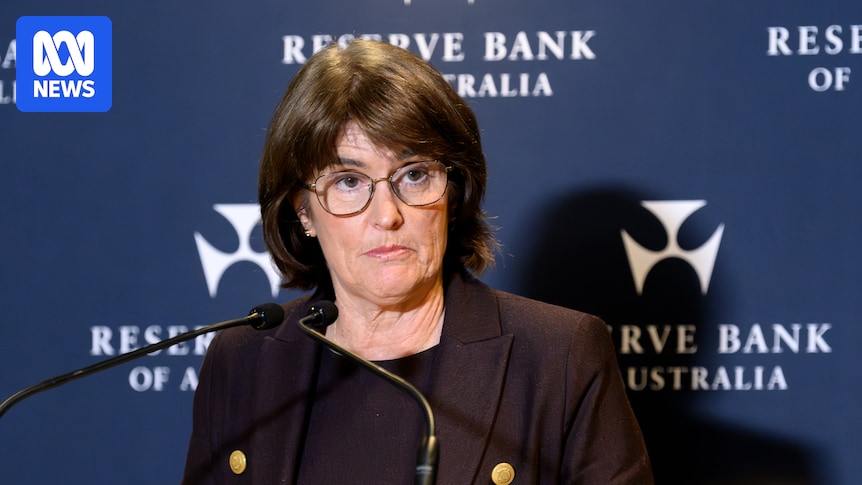The Reserve Bank has left interest rates on hold at 3.6 per cent, having cut them at its previous meeting in August.
The RBA has lowered interest rates three times this year, from a peak of 4.35 per cent prior to February’s board meeting.
The bank’s chief economist, Sarah Hunter, recently told a parliamentary committee that Australia’s economy appeared to be in a “cyclical upswing”.
Recent monthly inflation data also came in higher than economists expected, at 3 per cent, with some of the detail around services inflation concerning many analysts.
In its post-meeting statement, the RBA Monetary Policy Board referenced these developments and hinted at a cautious approach to any further interest rate cuts.
“With signs that private demand is recovering, indications that inflation may be persistent in some areas and labour market conditions overall remaining stable, the board decided that it was appropriate to maintain the cash rate at its current level at this meeting,” the statement noted.
“Financial conditions have eased since the beginning of the year and this seems to be having some impact, but it will take some time to see the full effects of earlier cash rate reductions.”
Even before the full effect of earlier rate cuts feeds through, the RBA observed that key areas of the economy are picking up steam.
“Private consumption is picking up as real household incomes rise and measures of financial conditions ease,” the board noted.
“The housing market is strengthening, a sign that recent interest rate decreases are having an effect. Credit is readily available to both households and businesses.”
The Australian Bureau of Statistics released August private sector credit figures this morning, showing that annual loan growth had risen to 7.2 per cent.
JP Morgan economists Tom Ryan and Ben Jarman said that was the fastest rate of lending growth since the global financial crisis, excluding the pandemic boom when the cash rate was near zero.
“Robust credit growth should also support an ongoing recovery in housing, business investment and private consumption,” they forecast.
Loading

